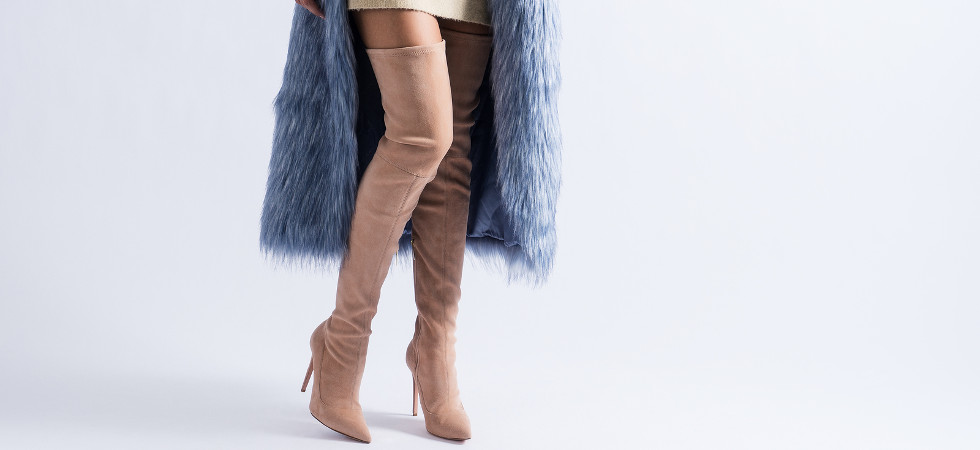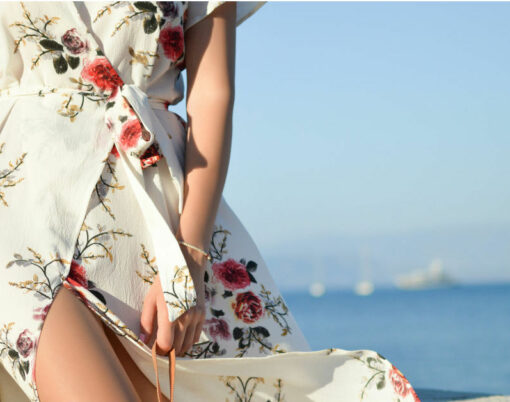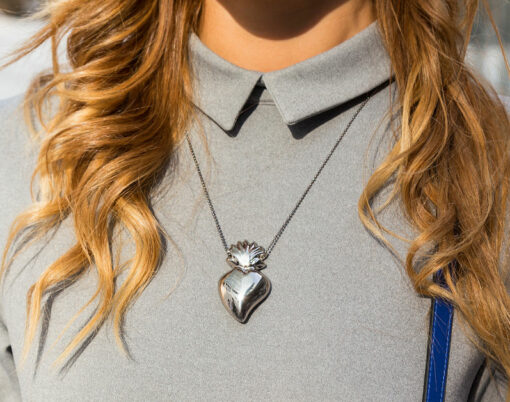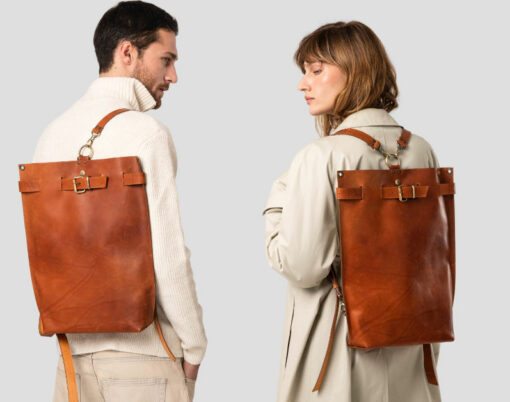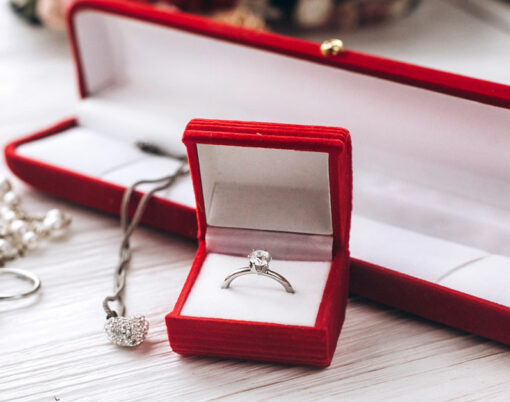Words by Susannah Davda, director of The Shoe Consultant
Politics aside, there’s a certain amount of optimism in the air in October. We can look forward to the sensory delights of Guy Fawkes Night and Diwali, and plan our (or our children’s) best Halloween costume yet. In the distance, the twinkling lights of Christmas tempt us to begin writing wish-lists. Our sandals have been wrapped in tissue and boxed up, and we’re anticipating months of covered feet. Pedicures are optional now boots are back.
If you’re thinking of investing in new season designer boots, it pays to be informed about the pitfalls of shoe shopping, and how to avoid them. When you’re fully informed, you can march into your luxury shoe department of choice, knowing exactly what to look for.
Have you ever had a pair of high heeled boots which were incredibly comfortable, and you did not know why? You may have found them difficult to replace, and wondered why other styles of the same height were just not wearable for any length of time.
I’ve been working in the footwear industry for more than two decades, and I run speaking, writing and consultancy business The Shoe Consultant. When I’m not helping shoe brands to delight their customers, I love sharing my footwear tips through delivering inspiring talks, and writing features like this one. It’s time for me to let you in on some high heel secrets.
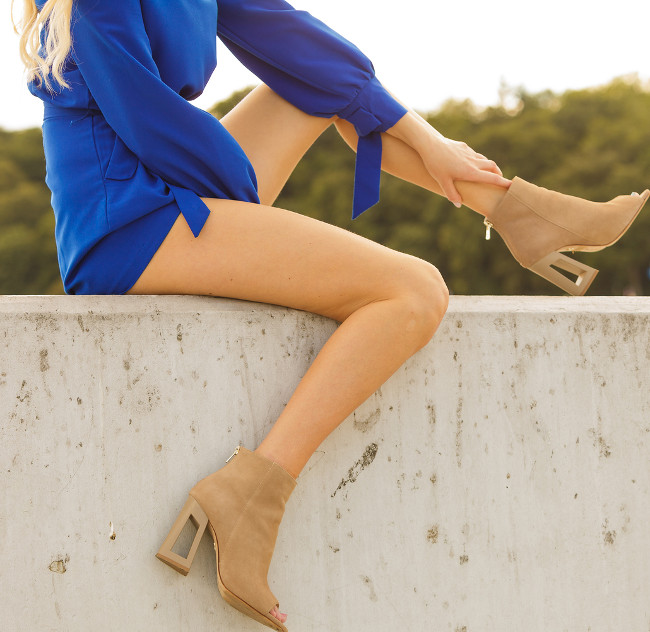
It’s not all about padding
Added cushioning under the balls of your feet may add some comfort, but it won’t make a badly designed boot comfortable.
Some types of padding help your new boots to feel good in the store on carpet, but when you get outside, all you can feel is pavement. This is because the padding compresses too easily.
You may think that the more cushioning there is in your high heeled boots, the better, but this is not the case. If there’s too much cushioning (although this is seldom the case in luxury styles), you can get foot fatigue. Your feet and legs may ache because every single step involves stepping in and out of the padding; a bit like walking in soft sand.
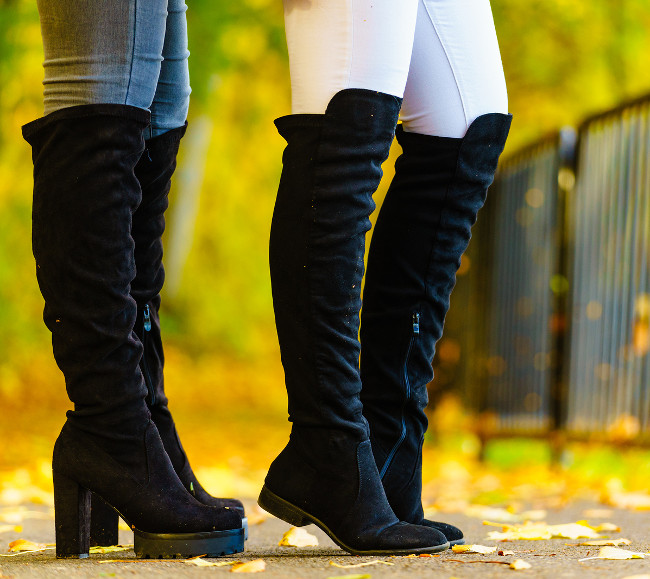
Added cushioning under the balls of your feet may add some comfort, but it won’t make a badly designed boot comfortable
We have curvaceous feet
If you go on tiptoes in bare feet and stand sideways to a full-length mirror, you’ll see that the soles of your feet aren’t built of straight lines, but of curves. Too many shoes and boots have very little curvature under the arch, but instead offer a fairly straight line from the back of your heel, to where the ball of your foot touches the ground. This is true of many luxury-priced styles, as well as cheaper options.
In skiing terms, the ideal high heel will have a nursery slope under your heel, rather than a black run. This less steep slope enables some weight to be borne by your heel, and takes the pressure off the balls of your feet. Moving forward, you need a sweeping curve under your arch to further spread your body weight, rather than a straight line which doesn’t touch your foot. Added arch support can be useful, but won’t always be necessary when you pick a beautifully built curvaceous boot. Of course some people have higher arches than others, so you will need to work out what is comfortable for you, or speak to a podiatrist.
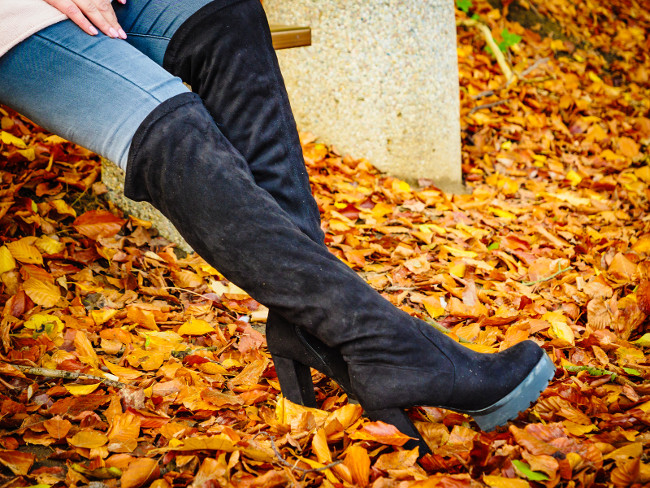
Slim can be supportive
The traditional high heel rule is that block heels provide more support and balance than stilettos. Shockingly, this is not always the case.
Positioned correctly under your heel, a stiletto can be easier to walk on than a block heel in the wrong place. Why? It is all about your centre of gravity. Draw a line down the side of your leg and the line would not end at the back of your heel but further forward. When a slim block heel is placed at the back of a boot, it can make you wobble and feel unsupported. This effect was described to me by expert podiatrist, Emma Supple, as walking backwards to walk forward.
When a slim heel is placed not at the back of your heel but a little further towards your toes, it can provide you with excellent support.
To find out more about Susannah and The Shoe Consultant, head to shoeconsultant.com.












